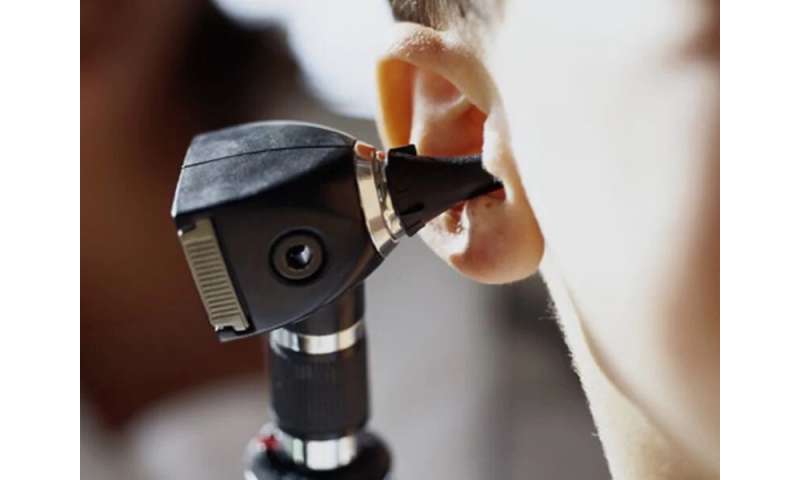Barriers to timely access to pediatric hearing aids identified


(HealthDay)—Public insurance, race/ethnicity, and primary language may be barriers to accessing pediatric hearing aids, according to a study published online Oct. 10 in JAMA Otolaryngology-Head & Neck Surgery.
Lisa Zhang, from the Johns Hopkins University School of Medicine in Baltimore, and colleagues sought to understand socioeconomic, demographic, and clinical factors that may be associated with pediatric access to hearing aids. The analysis included 90 patients (aged 1 to 15 years) referred for auditory brainstem response (ABR) testing and evaluation for hearing aids at a single tertiary care academic medical center (March 2004 to July 2018).
The researchers found that the interval from newborn hearing screening to ABR testing differed by insurance type (mean difference, 7.4 months) and race/ethnicity (mean difference, 6.9 months). Additionally, the mean time from birth to initial ABR testing was longer (mean difference, 6.0 months) for patients from non-English-speaking families versus those from English-speaking families, although the difference was not statistically significant. There was a shorter interval from ABR testing to ordering of hearing aids with a higher severity of hearing loss after accounting for other potential barriers.
Source: Read Full Article




